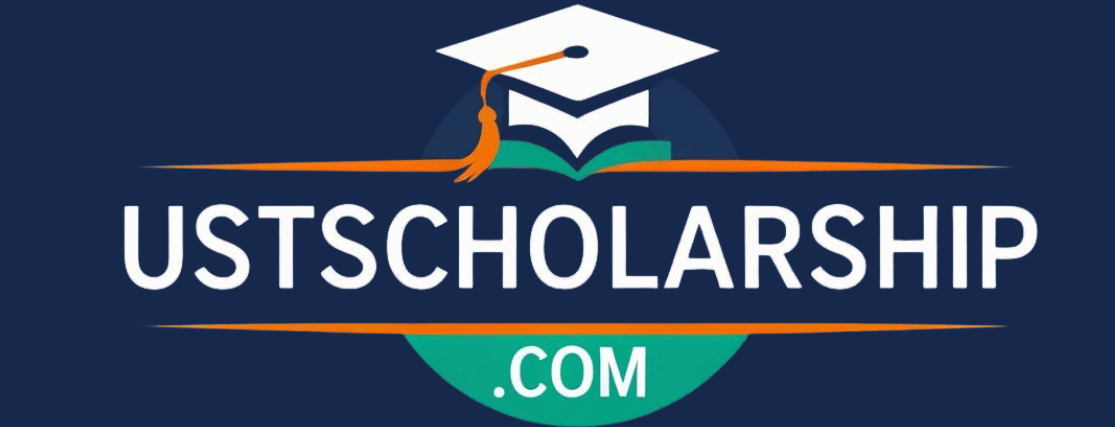This guide lists all documents you need for the UST Scholarship 2026 and shows how to prepare each one. It includes file rules, a timeline, common mistakes, and downloadable templates. When your files are ready, move to the Application Process 2026.
What you need (quick checklist)
- Application form on the UST portal
- Statement of Purpose / Study Plan (PDF)
- Two Recommendation Letters (PDF)
- Academic Transcripts and Degree Certificates (PDF)
- Passport copy (PDF)
- English proof (IELTS/TOEFL/TEPS) or Medium of Instruction (MOI) letter (PDF)
- Extra items if asked: publications, awards, portfolio
You can download a printable checklist here: Documents Checklist (DOCX).
Why documents matter
Strong documents show your fit, your basics, and your readiness for research. Most early rejections happen due to weak SOPs, late recommendation letters, or wrong file formats. This page helps you avoid all of that.
Before you start, make sure you meet the Eligibility Criteria 2026 and understand the Benefits and stipend.
Statement of Purpose / Study Plan
Goal: Explain your path, your plan at UST, and your fit with a lab.
Length and tone: 800–1,200 words and use Short sentences with Clear claims, No buzzwords.
Structure that works:
- Introduction with your program goal and target institute or lab
- Academic background with key courses and any awards
- Research experience (two projects, your role, result)
- Proposed study plan at UST (problem, why it matters, method)
- Fit with the lab (name the lab and show real alignment)
- Future goals (clear and specific)
- Closing line (motivation and readiness)
Avoid: Generic text, vague goals, no lab link, long blocks with no headings.
File: Save as PDF. Name it like UST2026_YourName_SOP.pdf.
If you want a head start, use this SOP Template (DOCX) and then convert to PDF before upload.
Recommendation Letters (two)
Who should write: Professors who taught you, a research supervisor, or a manager in a related field.
What to include:
- How they know you and for how long
- Your strengths in research and basics
- One short example of your work and result
- A clear endorsement
Process: Ask four to six weeks before the portal opens. Share your CV and SOP. Send a polite reminder one week before their due date. Confirm upload inside the portal.
File: Official letterhead. Signed. If sealed copies are required, follow the instruction for your cycle. Name them UST2026_YourName_LOR1.pdf and UST2026_YourName_LOR2.pdf.
Use this Recommendation Letter Template (DOCX) to guide your referee.
English proof or MOI letter
Many institutes accept a Medium of Instruction letter. Some prefer a test score. Use the route that fits your target lab.
When MOI is enough:
Your full degree was taught in English. The letter is on official letterhead and signed by the registrar or department office.
When tests help:
Your lab is strict on English. A score can also strengthen a close application.
File names: UST2026_YourName_MOI.pdf or UST2026_YourName_IELTS.pdf.
You can start with this MOI Letter Template (DOCX).
Transcripts and Degree Certificates
Request official transcripts for all semesters and the final degree certificate. If your documents are not in English, add certified translations.
Check stamps and seals before you scan. Scan at a clean resolution. Combine pages into one PDF per item when possible.
File names:
UST2026_YourName_Transcripts.pdfUST2026_YourName_Degree.pdf
Passport copy
Use a clear scan of the bio page. Your passport should be valid for at least 18 months from the start of the semester.
File name: UST2026_YourName_Passport.pdf
Extra items if asked
Some labs ask for proof of work. Examples include: publications, awards, code or design portfolio, research samples, or posters.
Save each item as a single clean PDF. Use short names such as UST2026_YourName_Publication1.pdf.
Formatting rules and file names
Follow one pattern for every file. It prevents errors and helps reviewers.
- Convert every file to PDF before upload
- Use short names as shown above
- Keep each file under the size limit
- Avoid photos of pages
- Open every PDF and check it once
Folder you can copy:
UST2026_YourName/
UST2026_YourName_SOP.pdf
UST2026_YourName_LOR1.pdf
UST2026_YourName_LOR2.pdf
UST2026_YourName_Transcripts.pdf
UST2026_YourName_Degree.pdf
UST2026_YourName_MOI.pdf
UST2026_YourName_Passport.pdf
Extras/
UST2026_YourName_Publication1.pdf
UST2026_YourName_Award1.pdf
Timeline for document prep
June to July 2025
Draft the SOP. Shortlist labs. Ask referees.
Order transcripts. Check if you need translations.
Decide on MOI or a test score.
August 2025
Finish the SOP. Confirm both referees.
Scan and label all files.
Print and sign the MOI on letterhead if you use it.
September to early October 2025
Upload final PDFs to the portal.
Confirm both recommendation letters are received.
Submit three to five days before the deadline.
When your files are ready, continue with the Application Process 2026.
Common mistakes and quick fixes
- Generic SOP with no lab link
Add two lines that match a lab theme or a recent project. - Late recommendation letters
Ask early. Use reminders. Keep a backup referee. - Blurry scans or wrong file type
Re-scan to PDF. Combine pages. Check file size. - No English proof when needed
Secure an MOI on letterhead or book a quick test date. - Wrong file names
Use the exact patterns from this page.

